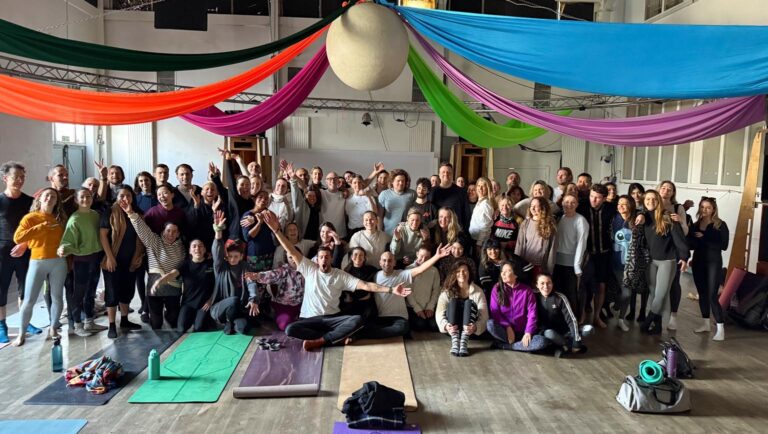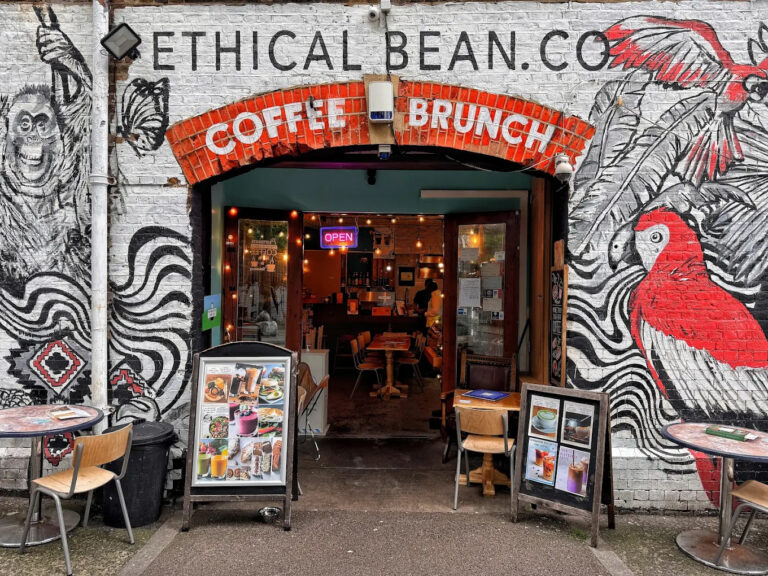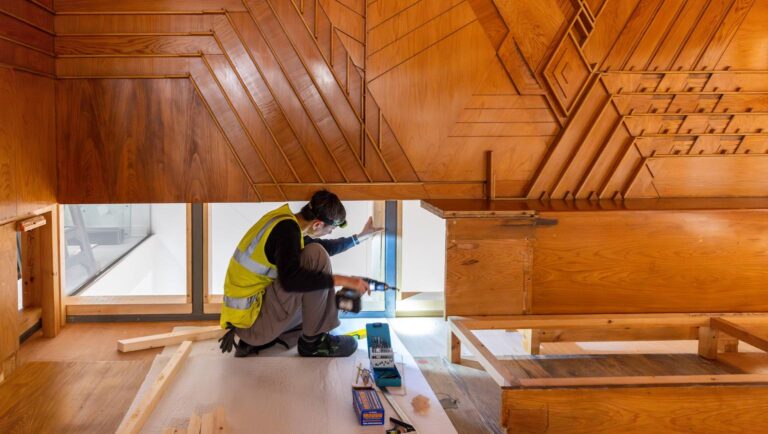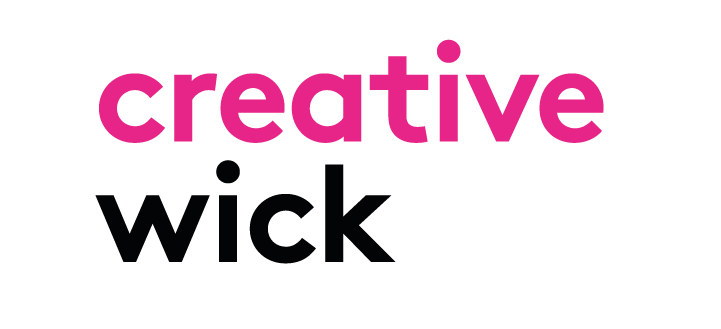
Mattia from Community Yoga Project on the joy of human connection
Exploring the health advantages of belonging to something bigger than ourselves
When London was selected as the host city for the 2012 Olympic and Paralympic Games it came with the promise of creating a legacy that would last years beyond the sporting competition. The London Legacy Development Co-operation (LLDC) was formed and tasked with that challenge. It now operates as a planning authority for the Queen Elizabeth Olympic Park and surrounding areas. Alongside the organisation’s traditional governance structures is the innovative Legacy Youth Board. I’ve had the pleasure of being its Chair for the last year, and am currently in my second term. The group is made up of 18–25-year olds from the host boroughs of Hackney, Newham, Tower Hamlets and Waltham Forest. It aims to bring an alternative perspective to the board room environment and give young people a voice in crucial decisions on the future of the area.
Youth Board members attend the monthly meetings and give opinions about a selection of topics on the agenda. They can attend subcommittees that make decisions around planning, regeneration and communities, investment and other areas. Depending on legal implications, we act as participants or observers, which allows us to gain a full picture of the breadth of work happening at LLDC’s board level and comment in real time. We get to give input on a variety of topics, like housing, architecture, sports, culture, and arts – and much more. Most importantly, we are given a chance to scrutinise and critique.
When you consider that the average age of a non-executive director in the UK was 60.3 years old in 2020 and that the demographics of those individuals are overwhelmingly white and male, it is clear that a wider range of voices need to be represented in governance structures. When the LLDC begins to recruit this Summer for new full board members, one of those members will be under 30. Past and present members of Legacy Youth Board have been invited to apply. I believe more boards should actively try and recruit young people. We have something to say, we just need to be listened to.

Syeda Tasmia Tahia is one of the longest serving Youth Board members. She is also a young trustee with Sadler’s Wells Trust Ltd, the charity that runs Sadler’s Wells and its theatres. I spoke to her about her experiences.
Back in 2010, the schools in Waltham Forest were doing a program called youth ambassadors for the Olympic and Paralympic Games. I applied and was selected. I remember we came on a tour of the Park, and it was is basically a building site at that point. There was a huge sense of being part of something really big, part of history, and I hadn’t really felt that before. When the legacy of the Games was being discussed, I knew this is something local young people should be involved in, because it is about our future. I’ve learned so much; resilience, perseverance all of those kind of soft skills, but also the value of being able to share your views even though you don’t have specialist expertise. So I don’t have an architectural background, but my lived experience is an expertise in itself.
It’s important to have a diversity of voices at board levels in general. From young people to women to those from different backgrounds and lived experiences. If we only have one kind of person, the decisions and the perceptions all get filtered through a particular lens. We lose touch with the people we’re trying to serve, and obviously the Park needs to be for everyone. Having genuine diversity on the board helps address core issues at that starting point and the strategic point. You create fairer products and services, as you’re considering the many different ways people will be impacted.
A lot of these kind of exercises can become about boxing-ticking. What I’ve learned from the Legacy Youth Board and from Sadler’s Wells is that these are equal spaces at the boards table. I hope other places will emulate that in their own practices, as people need to know they are going to be listened to. We really do put forward that scrutiny and push back when we think something needs to change. Organisations need to accept that they will sometimes hear ‘no’ as well as ‘yes’, and be able to work with that.
Change always comes from putting our honest views and feedback on the table. At board level, it helps to have people who respect each other and have made a commitment to listen, but are not afraid to contradict other views as well. All of us can make little changes like this every day though, whenever we see something that just doesn’t feel right. Even if just one person is speaking up, feeling able to raise our voice means that someone else is listening, and you can crosspollinate and create a movement. I’m a big believer in creating little changes every day, towards something much bigger.
More information on the Youth Board: http://wick.link/youthboard
For background on the LLDC: http://wick.link/lldc

Exploring the health advantages of belonging to something bigger than ourselves

Your timely reminder to go visit these amazing restaurants, bars and cafes this summer while we wait for better bridge access…

The twist and turns of post-Olympics decision-making that brought 250,000 objects to Here East
A joint venture in collaborative local media from:


In partnership with

Regulated by IMRESSS, the Independent Monitor for the Press CIC.
For more info on our complaints policy, or to make a complaint, visit FAQ.
